Division of Signal Pathways
Genomic Functions and Dynamics
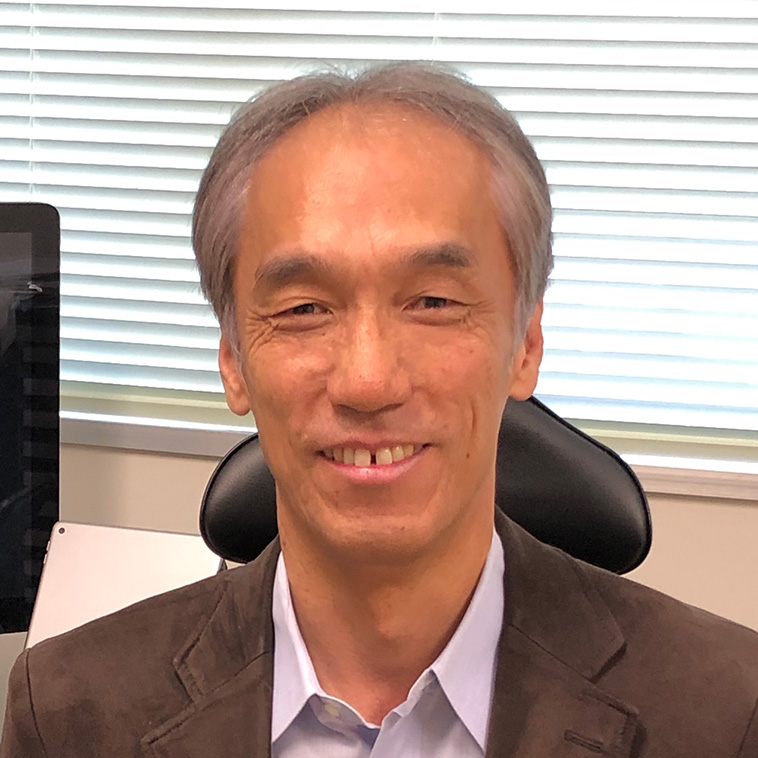
Professor: Kaoru Sugasawa
TEL: +81-78-803-5960
FAX: +81-78-803-5970
E-mail: ksugasawa(at)garnet.kobe-u.ac.jp
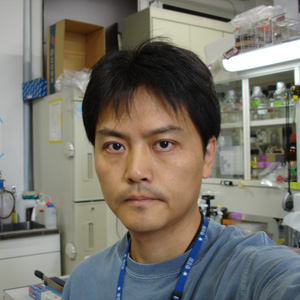
Associate Professor: Masayuki Yokoi
TEL: +81-78-803-6522
FAX: +81-78-803-5970
E-mail: myokoi(at)diamond.kobe-u.ac.jp
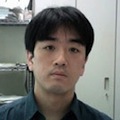
Assistant Professor: Wataru Sakai
TEL: +81-78-803-6522
FAX: +81-78-803-5970
E-mail: wsakai(at)phoenix.kobe-u.ac.jp
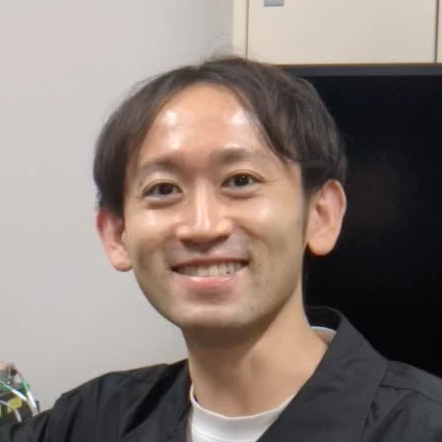
Research Associate: Masayuki Kusakabe
TEL: +81-78-803-6522
FAX: +81-78-803-5970
E-mail: mkusakabe(at)people.kobe-u.ac.jp
Research Contents
Genomic DNA is constantly damaged by instability of DNA itself, by endogenously produced reactive oxygen species and metabolites, and by various environmental agents including ultraviolet light, ionizing radiation, and chemical compounds. Such DNA damage induces not only chromosomal aberrations and mutations, causing cancer and hereditary diseases, but also apoptosis, possibly leading to aging and neurological degeneration. To avoid these deleterious effects, various DNA repair and damage tolerance pathways have evolved to maintain the genome integrity. This laboratory focuses on understanding of:
- molecular mechanisms underlying DNA repair and its regulation mediated by chromatin structure.
- different functional roles of translesion DNA polymerases in orchestration of DNA-damage tolerance.
- signal transduction pathways determining the fates of cells in response to DNA damage.
Cell Proliferation and Differentiation
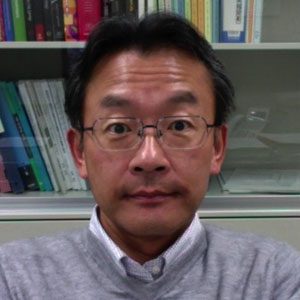
Professor: Shinji Kamada
TEL: +81-78-803-5959
FAX: +81-78-803-5951
E-mail: skamada(at).kobe-u.ac.jp
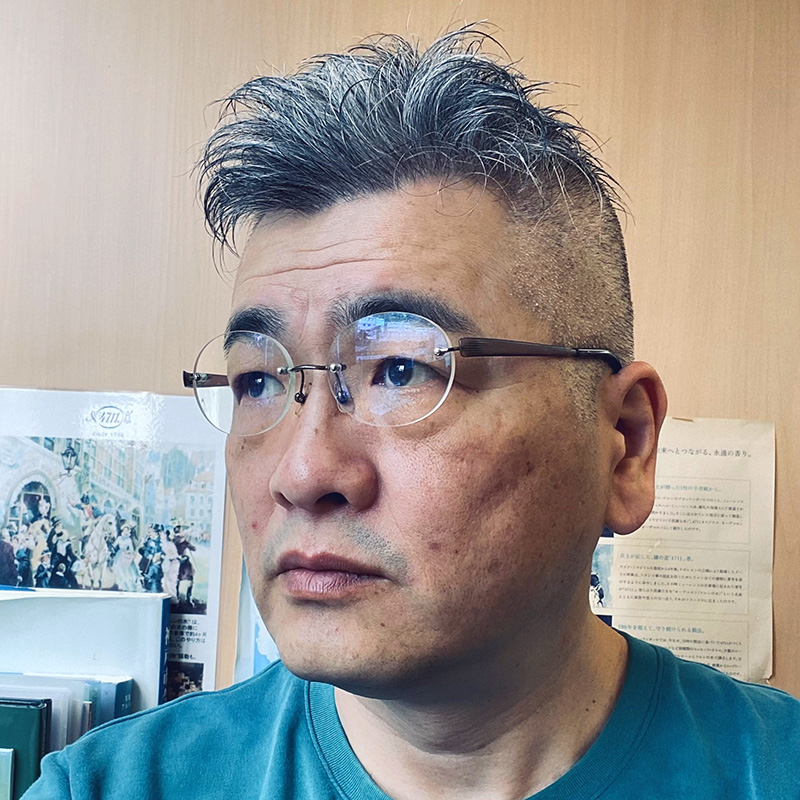
Associate Professor: Yuji Kageyama
TEL: +81-78-803-5950
FAX: +81-78-803-5951
E-mail: kageyama(at)ruby.kobe-u.ac.jp
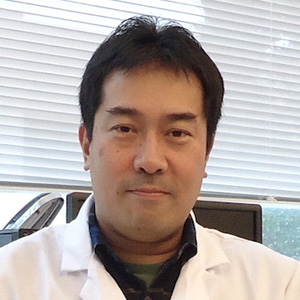
Assistant Professor: Tetsushi Iwasaki
TEL: +81-78-803-5957
FAX: +81-78-803-5951
E-mail: tiwasaki(at)kobe-u.ac.jp
Research Contents
Subject 1 "Molecular mechanisms of cellular senescence induced by DNA damages"
Organisms, including humans, are living in the environments that involve many stresses inducing DNA damages. Cells containing damaged DNA quickly respond to the stresses and arrest the cell cycle, leading to DNA repair, apoptosis, or senescence. If damages are too severe to repair, cells die by apoptosis and are engulfed by surrounding cells, leading to quick removal of the dead cells to prevent inflammation. Another form of cellular response to DNA damages is senescence. Senescence was first mentioned as a state of irreversible growth arrest of normal human fibroblasts, and induced by a variety of stimuli including DNA damages. Although DNA damages can induce both apoptosis and senescence, the molecule mechanisms of cell fate decision between apoptosis and senescence have been under investigation. Recently, by using a developed experimental system in which cellular senescence or apoptosis is induced preferentially by altering concentration of etoposide, a DNA-damaging drug, we compared gene expression profiles of senescent and apoptotic cells by microarray analysis. Subtraction of the expression profile of apoptotic cells identified 20 genes upregulated specifically in senescent cells. Genes previously shown to be involved in senescence induction, such as E2F7 and p21, were identified to be upregulated in our screening, confirming the availability of our methods to identify novel genes to regulate senescence. Our main research interest is to clarify the molecular mechanisms of cellular senescence by analyzing these genes.
Subject 2 "Functional analyses of long noncodingRNA and micropeptide genes"
Recent progress of eukaryotic genome analyses demonstrated that thousands of transcripts do not encode proteins. As little is known about functions of these long noncoding RNAs, they are sometimes supposed to be "dark matter" of genome. In addition, micropeptides, which are encoded in extremely tiny ORFs found in long noncoding RNAs, are identified as a novel type of bioactive peptides uncovered in the last decade. Using Drosophila as a model system, we are trying to elucidate physiological functions of these emerging molecules, especially those in neural network formation in the brain as well as tubular network formation in the tracheal system.
Subject 3
Protein kinases are a family of enzymes that control intracellular signaling. We are investigating the physiological function and biochemical mechanism of protein kinases/protein kinase-related molecules in cellular proliferation, apoptosis, carcinogenesis, and malignant alteration. We also study the molecular mechanisms of protein kinases in Xenopus oocyte maturation and early development. In addition, we are developing the novel single cell analyzing system to detect cellular signaling.
Stem Cell Function and Regulation
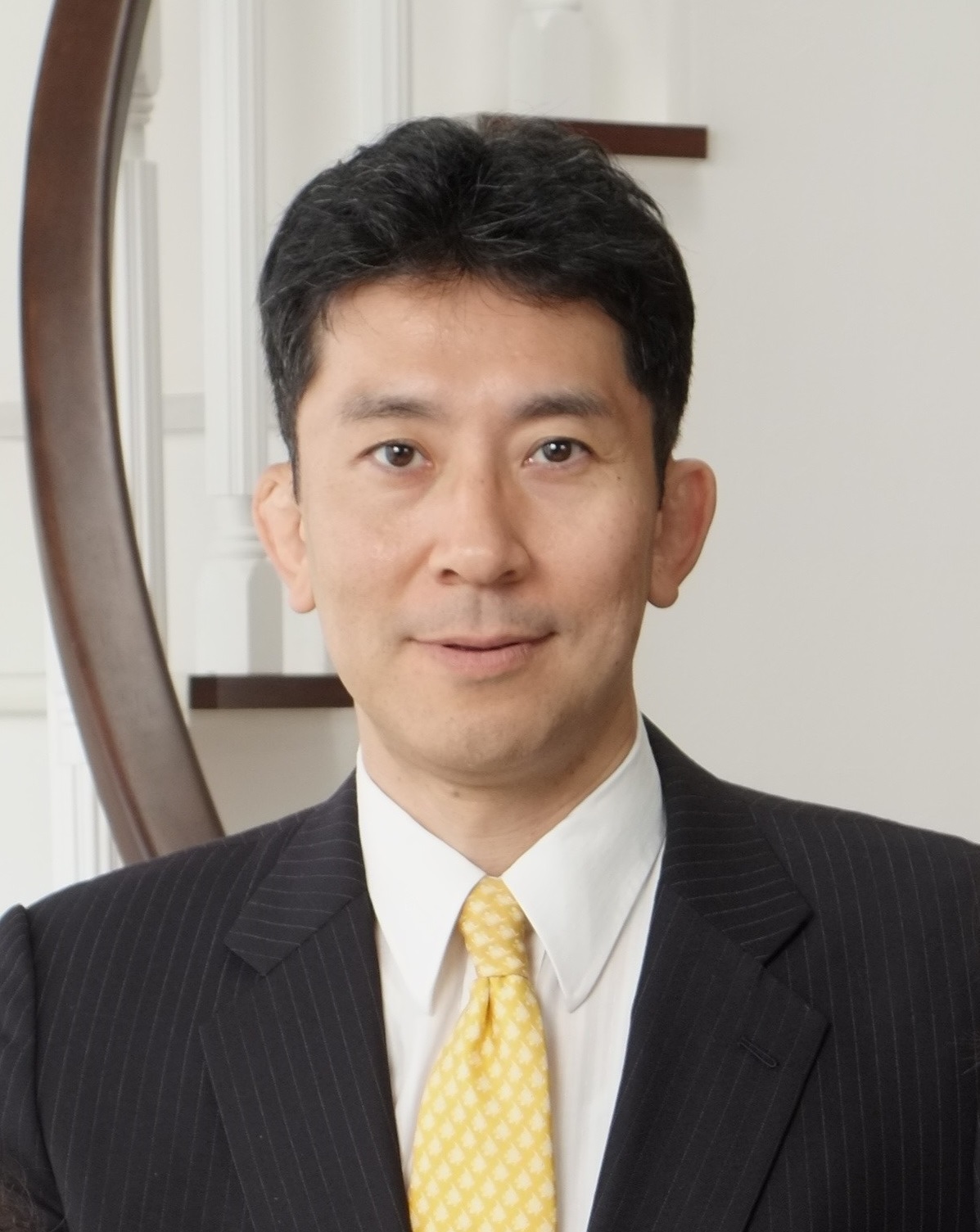
Professor: Takashi Aoi
TEL: +81-78-382-5411
FAX: +81-78-382-6517
E-mail: takaaoi(at)med.kobe-u.ac.jp
Research Contents
Stem cells exhibit the ability of self-renewal and differentiation. Across the spectrum of living organisms, from early embryos to mature tissues, a diverse array of stem cell types exist, assuming pivotal roles in physiological phenomena such as development and tissue homeostasis. In recent times, the recognition of stem cell dysfunctions as underlying factors in numerous pathological states, including cancers, has gained substantial traction. We possess cutting-edge technologies for the generation of induced pluripotent stem (iPS) cells, their genetic manipulation, directed differentiation into various cells and tissues, and functional analysis thereof. Additionally, we have established patient-derived cancer organoid culture technology. Harnessing these advancements, our endeavors revolve around comprehending the pathogenesis of genetic disorders and unearthing novel therapeutic interventions. Furthermore, we strive to advance the field of regenerative medicine encompassing various cellular and tissue contexts and engage in cancer research focusing on cancer stem cells. .


